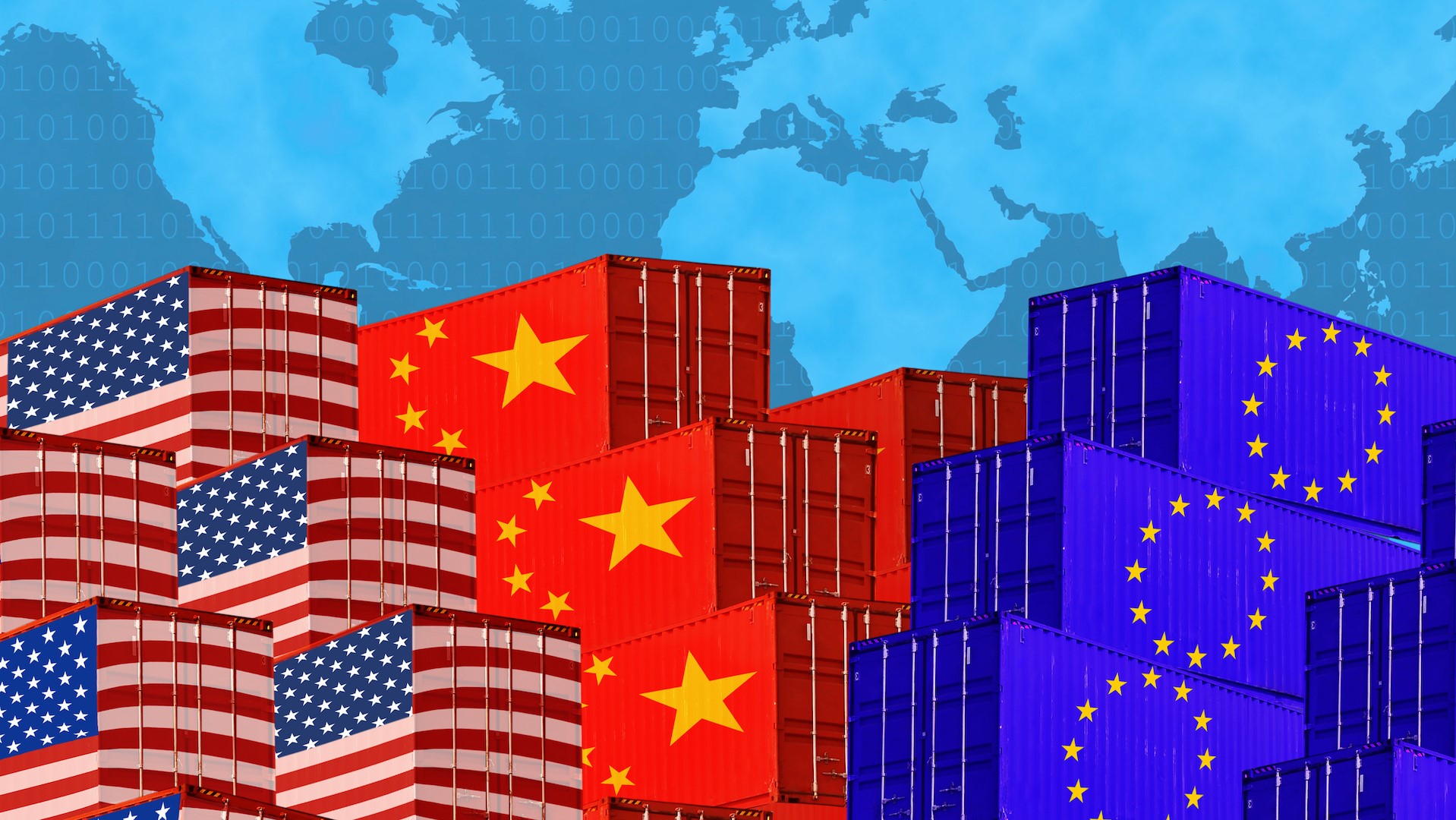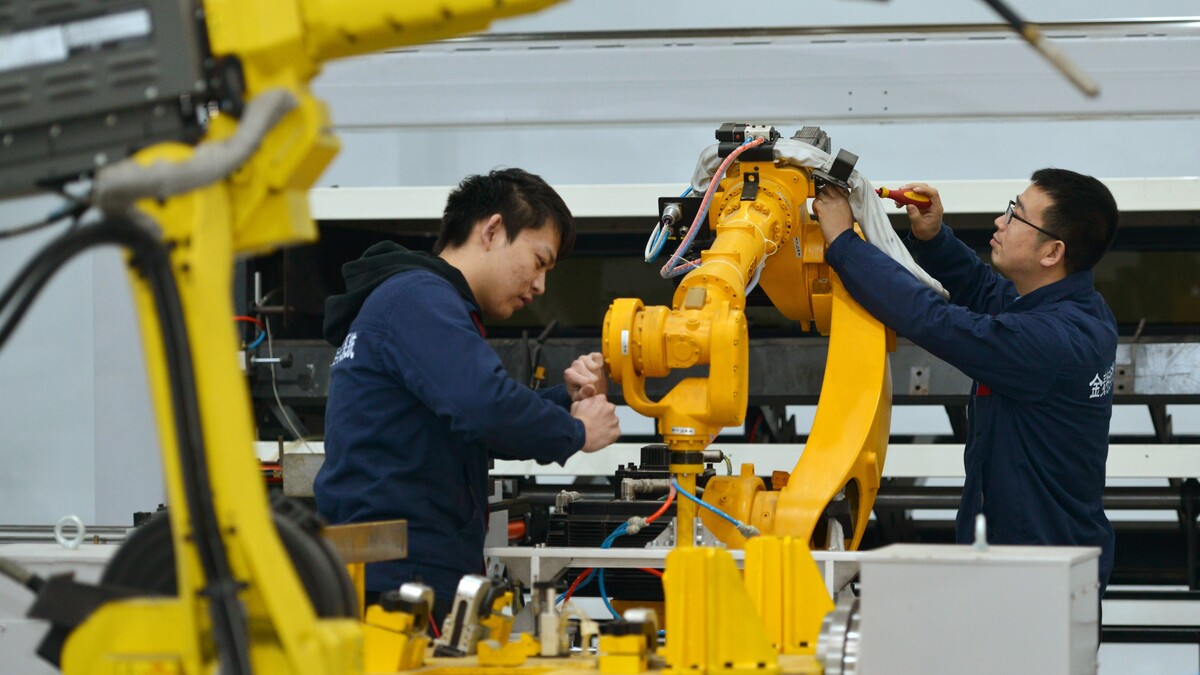Published 06 January 2021
Geopolitical uncertainty, growing protectionism and lackluster economic demand in the global economy suggested that 2020 was always going to be a disappointing year for global trade, even before the shockwave of the Covid-19 pandemic. While 2020 may be behind us, the issues shaping global trade have not disappeared.
With 2020 now in the rearview mirror, here are three key trade questions to keep an eye on as 2021 begins.
1. Can the US craft an effective China trade policy in tandem with the EU?
The incoming Biden administration will inherit a US-China trade relationship at its lowest point in decades. The Phase One agreement – heralded as an important first step in resolving the ongoing trade war when it was signed last January – was almost immediately overtaken by the coronavirus pandemic and resulting economic slowdown. China fell far short of the purchase obligations included as a centerpiece of the accord, the next round of negotiations was dropped, and the broader relationship continues to be deeply damaged by recriminations over the virus’ origin, intensifying geopolitical frictions, and escalating restrictions on technology companies and products.
In the short term, the new administration will have to take practical decisions on whether to maintain the punitive tariffs enacted by its predecessor, what – if anything – to do about implementation shortfalls in the Phase One agreement, and when and how to engage China in follow-up negotiations. In Katherine Tai, the Biden team will have a highly capable trade representative to lead interagency deliberations on these issues and spearhead policy execution. At least initially, expect the tariffs to be maintained and the Phase One agreement to remain in force.
Over the longer term, follow-up negotiations on thornier structural issues such as industrial subsidies, state-owned enterprises, and technology policies will have to be engaged. President-elect Biden has made it clear that he intends to build coalitions with like-minded partners such as the EU in order to present China with a united front on these issues. His desire to reverse the Trump administration’s go-it-alone approach and instead to work with partners is entirely sensible.
But as I’ll be writing more about soon, creating a united US-EU front on trade issues with China will be more challenging than generally thought. While there is broad consensus between the cross-Atlantic partners on China trade issues, important differences remain, both in terms of objectives and tactics. The EU’s decision to move forward with an investment agreement with China, despite the not-so-subtle pleas of the incoming Biden administration to “wait for us” is only one indication of the extent to which the US and EU are not entirely on the same page.
As 2021 unfolds, expect fissures between the US and EU on China trade policy to become more evident and potentially complicate the establishment of a united front.
2. What will be the actual and enduring impacts of Covid on supply chains?
The onset of the Covid pandemic highlighted the risks and vulnerabilities that accompany reliance on extended supply chains. While concerns about supply chain vulnerability were most intense in sectors with potential life and death implications such as medical supplies and pharmaceuticals, the same issues apply across the industrial spectrum. In the early days of the pandemic, for instance, when the virus was still contained entirely within China’s borders, several Korean automotive production facilities were forced to cease operations because they were entirely reliant on shuttered Chinese factories for a single component.
While the pandemic is forcing a reconsideration of our approach to trade and supply chains, it is still difficult at this point to separate signal from noise. During a crisis, companies will necessarily consider a multitude of options and alternatives. Some ultimately materialize, some do not. Major adjustments to deeply entrenched supply chains are immensely complicated, costly, and time consuming. Keep your eye on what actually happens rather than what is merely theorized about.
As companies reconsider how best to reduce supply chain risk, the buzzword du jour has become “resilience”. There is widespread consensus that supply chains need to become more resilient, but unfortunately there is no clear-cut definition of what – precisely – constitutes a resilient supply chain. The term undoubtedly means different things to different people and varies from sector to sector. And we are largely in the dark on how to assess supply chain resilience.
As 2021 gets underway, stay in touch with the Hinrich Foundation for some interesting analytical work on what specifically supply chain resilience means to companies and what changes they actually can and will make to achieve it.
3. Will the WTO save fish or will fish save the WTO?
There is virtually unanimous consensus on the need to reign in government subsidies which have greatly contributed to dangerous levels of global over-fishing. In fact, this objective was included as part of the UN Sustainable Development Goals (SDGs).
The numbers speak for themselves. Governments around the world hand out a staggering US$35 billion in annual fishing subsidies. As a result, 34% of the total fish stock in the world’s oceans are considered to be over-fished, meaning that they are being exploited at a rate that cannot be replenished – the very definition of unsustainability.
The beleaguered World Trade Organization (WTO) has been pursuing a deal to eliminate fishing subsidies for two decades and the SDGs set a target (now, obviously missed) of 2020 for completion of the agreement.
Watch this issue closely. The seemingly arcane topic of fishing subsidies actually has far wider implications. It will provide a telling barometer of just how deep WTO dysfunction runs (believe it or not, even just reaching agreement on the definition of “fish” has proven difficult) and whether or not the decreasingly relevant organization is salvageable.
If WTO members can finally get their act together and hammer out a deal on fishing subsidies, it should inject some much-needed momentum and optimism into the organization. This in turn could provide fresh impetus to undertake badly needed reforms.
Of course, achieving an agreement on fishing subsidies will not indicate the WTO is “back” or that all of its challenges have been magically overcome. It will only signal that members are (contrary to some of the more pessimistic assessments) capable of achieving at least a narrow agreement across the entire membership. That’s a pretty low bar to clear, but given the current level of WTO dysfunction, it should be welcomed as a success. The appointment of a new Director General, expected early in 2021, could provide some additional momentum.
Failure to reach an agreement on the other hand will signal that paralysis at the WTO is as bad as feared and possibly terminal. At that point, it might be time to give serious thought to what a post-WTO global trade system should look like.
One thing is clear: 2021 could be the “make it or break it” year for the WTO. Look to the Hinrich Foundation for timely analysis on WTO issues as the fisheries negotiations continue and a new Director General is named.
© The Hinrich Foundation. See our website Terms and conditions for our copyright and reprint policy. All statements of fact and the views, conclusions and recommendations expressed in this publication are the sole responsibility of the author(s).








